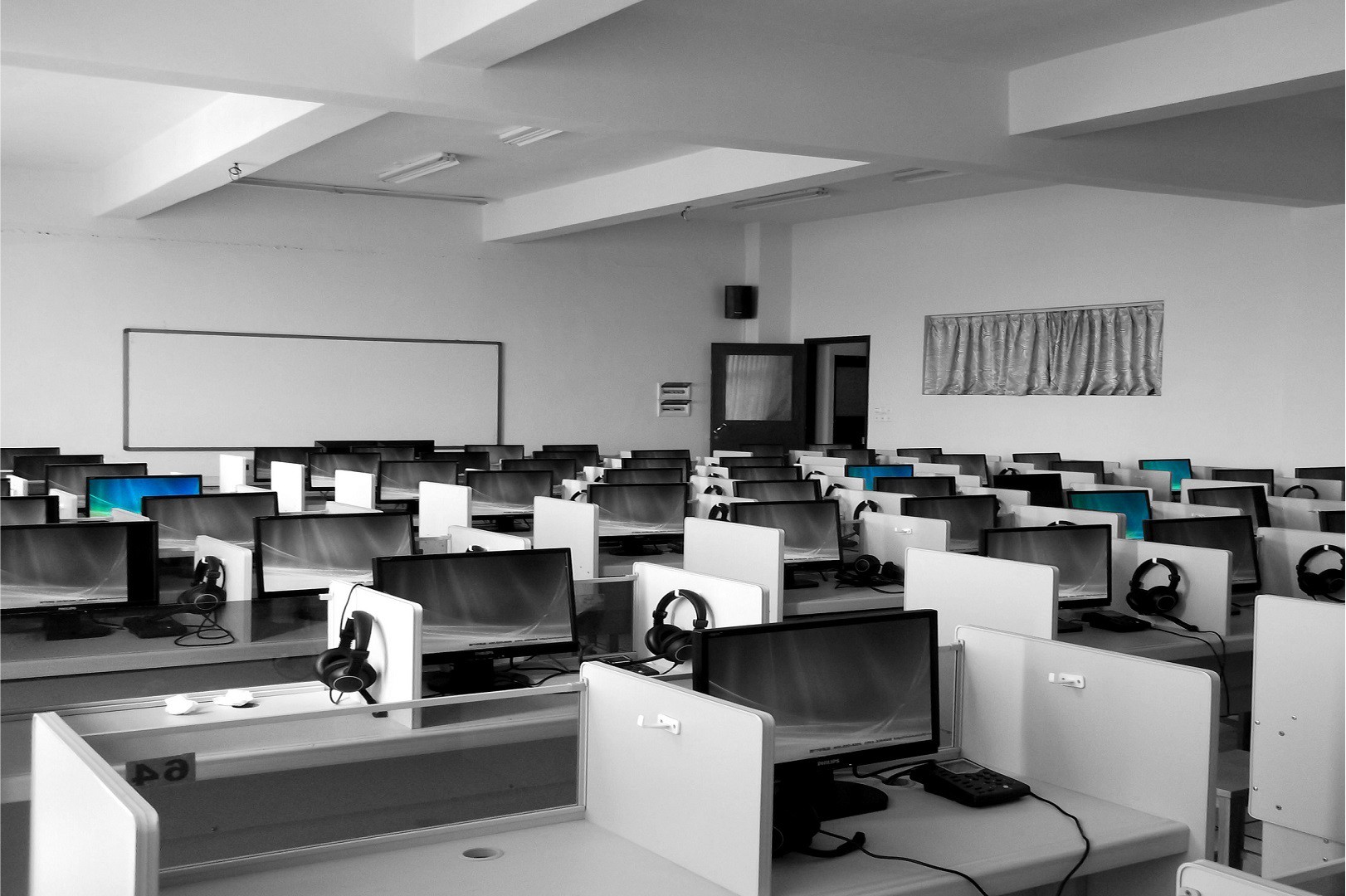Even such units as NASA Solar System Exploration Research Virtual Institute have techniques and practices to empower knowledge of widely spread scientist all over the world as well as support their remote work and collaboration.
BECOME RESULT-ORIENTED, NOT TIME-BASED
IT organizations have their own challenges – lack of talents, expensive specialists, new trends, constantly changing technologies, and an increase in the need for work & life balance. To overcome it, more and more companies choose to offer remote work (later called telework) opportunities for potential employees. Xplicity is a software development service provider. We work remotely with foreign clients on a daily basis for more than 10 years, and yet, we still notice that companies who need to think remote first tend to avoid the fact completely or consider it being something in the near future. This kind of mindset can limit opportunities and be harmful for your business.
While working in the IT sector you must use innovative management processes and rethink company’s structure all the time. Each organization is challenged to think of new management solutions and ways of how to deal with changing social trends. Companies built upon the shape of dedicated teams and global customers network must be agile.
A BIT OF NUMBERS
The past decade has seen the exponential uptake in various forms of teleworking or remote working – so much so that by the end of 2003 more than 75 % of the Global 2000 (the largest 2,000 companies worldwide) had policies in place to accommodate work-at-home employees (Meta Group, 2004). Other data found by the U.S. Department of Labour said that 24% of all U.S. workers did some or all their work from home in 2015, compared to 19% who worked from home in 2003.
In general, a study done by workplacetrends.com in 2015 found that nearly a third of human resources managers spent over $40,000 implementing a flextime program last year, and more than half say they’ll invest more in 2016. Additionally, the DoL suggested that, as more people work in the sharing economy, they’re picking up work that is not typically performed in an office.
Even such units as NASA Solar System Exploration Research Virtual Institute have techniques and practices to empower knowledge of widely spread scientist all over the world as well as support their remote work and collaboration. The analysis of telework highlights the gap between the technological potential of information technologies and the evolution of socio-cultural patterns. So why we don’t use the potential of technology to improve our daily work practice?
BENEFITS FOR YOUR COMPANY, EMPLOYEES, AND SOCIETY
It’s been scientifically proven that remote work increases productivity. Moreover, it also may save money for the company as it allows decision making processes to take place at any time of a day (no payment for extra hours). Remote working and flexible hours can provide the means to interact across different time zones, saving on time spent traveling. It can also lead to working slightly longer, as work is always available at hand. Moreover, remote employees tend to be more autonomous which saves management and administration costs. It also allows saving on the office space, facilities. Finally, you can get rid of geographical borders, save time on search and recruitment and access a much wider talent pool. However, you should be careful as those who are highly motivated may over-work and become “addicted” to staying switched on.
When we speak about the benefits for employees, most of the studies point out these three aspects: greater job satisfaction, greater work-life balance (home relationships can improve by increased contact), work is less stressful, being your own boss increases a sense of confidence and ability.
Lastly, the benefit for society. An implicit argument is that information technologies will improve the environmental quality of developed countries’ socio-economic systems. Many processes implying the management of physical objects and flows are becoming more virtualized. Moving to informational flows reduces both: the use of new resources and the outgoing material flows from systems to the environment (emissions, waste, etc.). Moreover, you can decrease material input per unit of service, abstractly speaking. An evaluation of the environmental impact of large teleworking programmes could be modeled and it is easy to calculate the number of work trips replaced by telecommuting.
KEY NOTE
In fact, all trends mentioned above draw us to the conclusion that global giants will compete more in taking over local talents. That is why small and medium sized companies should not be afraid to play the same game. More and more opportunities arise out there to make it all happen.

